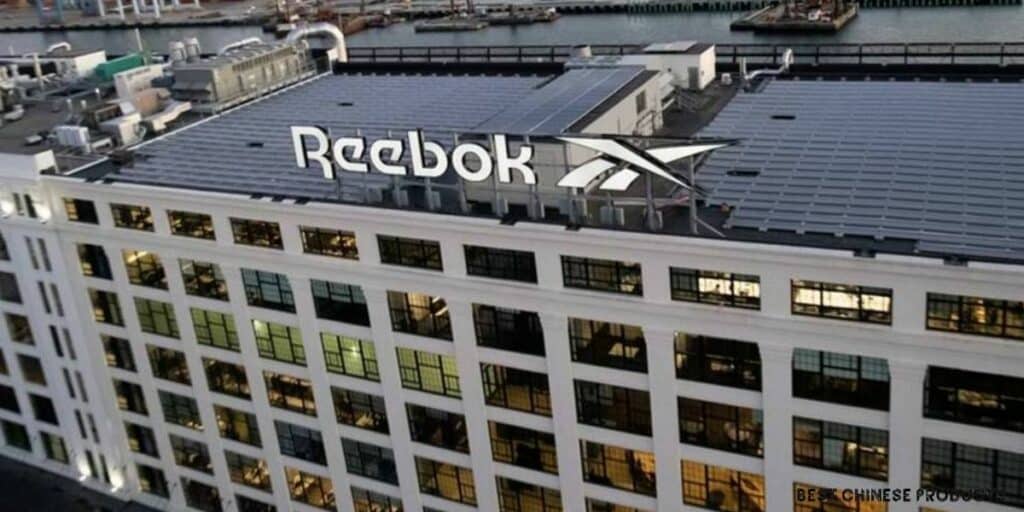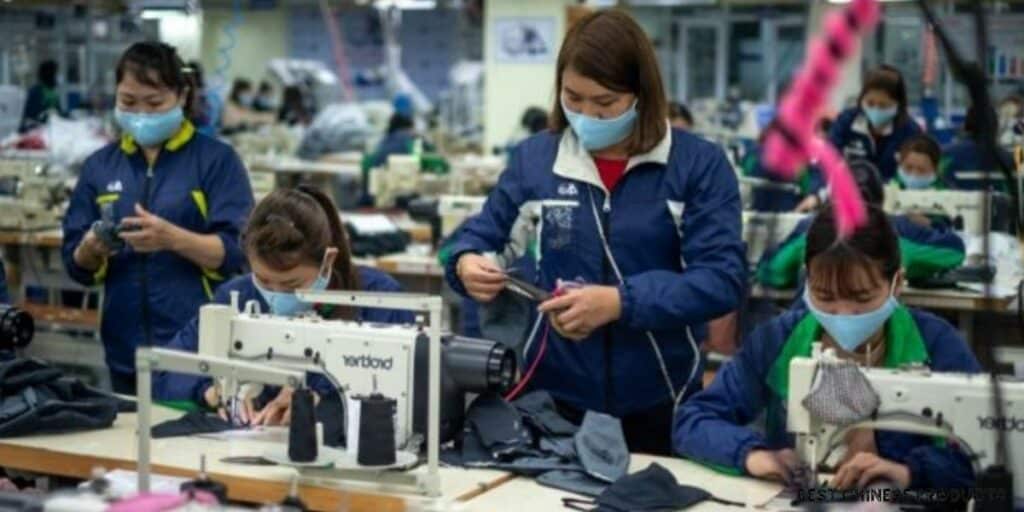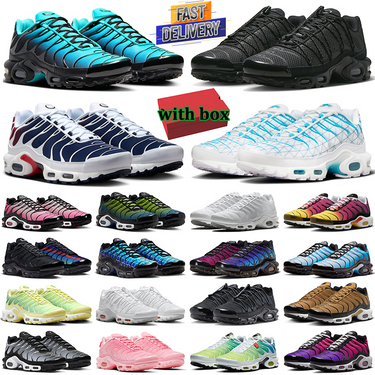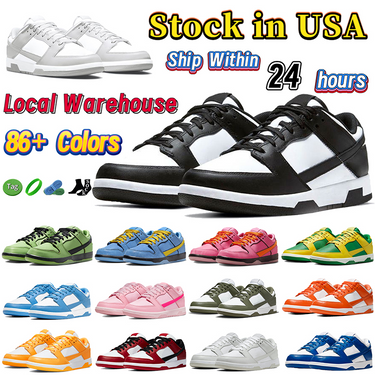Is Reebok still made in the USA? While the brand was born in America, most of its shoes and apparel are now produced overseas. Here’s where Reebok products really come from.
Where is Reebok Made?
Where Are the Main Manufacturing Hubs for Reebok?

Reebok, a well-known sports brand, makes its products in many places around the world. The main place where Reebok makes its shoes is in Wixom, Michigan, in the United States.
But that's not the only place. Reebok also gets some of its products made in other countries like China, Vietnam, Indonesia, and Cambodia.
This global manufacturing framework is a strategic approach adopted by Reebok to leverage global supply chain efficiencies and local market resources.
Therefore, while exploring the question "Where is Reebok made?", you will encounter a diverse range of manufacturing locations.
How Did Reebok's Shift to the US Impact Its Role of Outsourcing?

Historically, Reebok's production was anchored in Asian countries when the brand was under the Adidas umbrella.
In 2021, however, Reebok's ownership shifted from Adidas to Authentic Brands Group, leading to a substantial shift in its manufacturing strategy.
Authentic Brands Group took the initiative to move the bulk of Reebok's production to the United States, therefore giving Reebok the tag of "Made in USA" for many of its products.
This does not imply, however, that all components of Reebok products are entirely made within the borders of the United States.
Some elements of Reebok shoes are indeed sourced from other countries, with China and Vietnam often given preference.
This strategy allows Reebok to maintain the perfect balance of quality and cost, resulting in affordable yet premium products for their customers.
What is the Manufacturing Process for Reebok Products Like?

The manufacturing of Reebok products involves both state-of-the-art machines and skilled artisans.
For instance, Reebok shoes manufactured in Wixom, Michigan, showcase the perfect blend of human expertise and technology.
These shoes are designed for various activities such as running, cross-training, and other outdoor activities.
They are renowned for their breathability, comfort, durability, and affordability. Reebok also emphasizes sustainable practices in its manufacturing processes.
They use materials such as corn and organic cotton, positioning themselves as a brand committed to eco-friendly products.

Reebok clothes, on the other hand, are primarily produced in Asian countries, including China, Vietnam, Cambodia, Bangladesh, Pakistan, Indonesia, and Sri Lanka.
Despite being an American company, Reebok utilizes the textile industry advantages offered by these countries, ranging from low labor cost to the availability of quality raw materials.
The company takes extra care in ensuring the use of sustainable materials, like organic cotton, recycled cotton, and recycled polyester, in the production of its clothing.
This commitment to sustainability makes Reebok a brand that not only focuses on quality but also on its environmental impact.
What Makes Reebok's Specific Product Lines Unique?

In the case of Reebok NHL Jerseys, the manufacturing process happens entirely in Canada. Crafted using 100% polyester, these jerseys are both stretchy and lightweight.
They feature an Ultra-Fresh antimicrobial treatment designed to keep the athlete dry and comfortable.
Who Owns and Manufactures Reebok Shoes?

The Authentic Brands Group is the current owner of Reebok and is also the primary manufacturer of Reebok shoes.
This was a change from the previous period (2005-2021), when Adidas was the owner and manufacturer of Reebok.
Today, most Reebok products are made in the United States, thanks to Authentic Brands Group's advanced manufacturing facilities in Michigan.
What is Reebok's Presence in China and Vietnam Like?

China and Vietnam play crucial roles in the production of Reebok products. When Reebok was under Adidas, most of its products were manufactured in these countries.
Although the manufacturing of shoes has largely moved to the US after the acquisition by Authentic Brands Group, these countries continue to contribute to the making of other Reebok products.
Low labor costs and abundant raw material availability have made China a popular choice for many global brands, including Reebok. The brand predominantly produces its clothing and shoe components in China.
Vietnam, with its rapidly growing textile and leather industry, is another significant manufacturing hub for Reebok.
The country offers attractive infrastructure facilities, prompting numerous fashion and footwear brands to establish their manufacturing units there.
Similar to China, Reebok produces clothing, sports accessories, and shoe components in Vietnam.
How to Tell if Your Reebok is Fake or Real?
Here are some steps to follow:
- Study the Box: Genuine Reebok shoes come in a sturdy cardboard box with the brand logo on every side. Check the quality of the box. The cardboard should be firm and free of defects.
- Check the Price and Size: The price of the shoe should align with the prices on Reebok's official website. Also, if a store has all sizes and a wide variety of colors, it may be a red flag since Reebok usually produces shoes in small batches and limited colors.
- Examine the Barcode: You can use a barcode scanner app to verify the authenticity of the shoes. The information obtained should match the data on the shoe box.
- Look at the Logo and Brand Name: The logo and brand name are either embossed or embroidered on genuine Reebok shoes. Any printing defects or misspelled words are a sign of a fake product.
- Inspect the Quality of Material: Authentic Reebok shoes are made from high-quality materials. Check for any unpleasant smell, sloppy seams, protruding threads, or traces of glue which are indicators of counterfeit products.
- Consider the Heel Stitching: Genuine Reebok shoes have a high-quality stitch at the heel that counterfeiters cannot replicate. Check the stitching closely.
- Evaluate the Sole: The sole of genuine Reebok shoes is developed for optimum grip. Check the appearance of the sole and ensure there are no signs of wear. The sole should also have a clear Reebok logo.
- Inspect the Inner Parts: Check the soft synthetic lining inside the shoe. Also, the insoles should be dense and three-layered. Look for a sticker with a barcode and a dimensional grid. The inner tag should contain all the information that matches the sticker on the box.
Conclusion: So, Where Exactly is Reebok Made?
So, where is Reebok made? The answer is global. From the United States to several Asian countries, Reebok's manufacturing footprint is indeed widespread.
Whether it's shoes, clothing, or sports accessories, the brand leverages the best of each country to offer quality, affordability, and sustainability to its customers.
Authentic Brands Group's acquisition has introduced a new era of American manufacturing for Reebok, but the brand continues to capitalize on the opportunities offered by other countries.
This global manufacturing strategy has allowed Reebok to reach its customers across the globe, offering a diverse range of products that cater to various needs.
Despite the different manufacturing locations, the quality, comfort, and durability that define Reebok remain consistent, making it a brand loved by millions worldwide
Related





